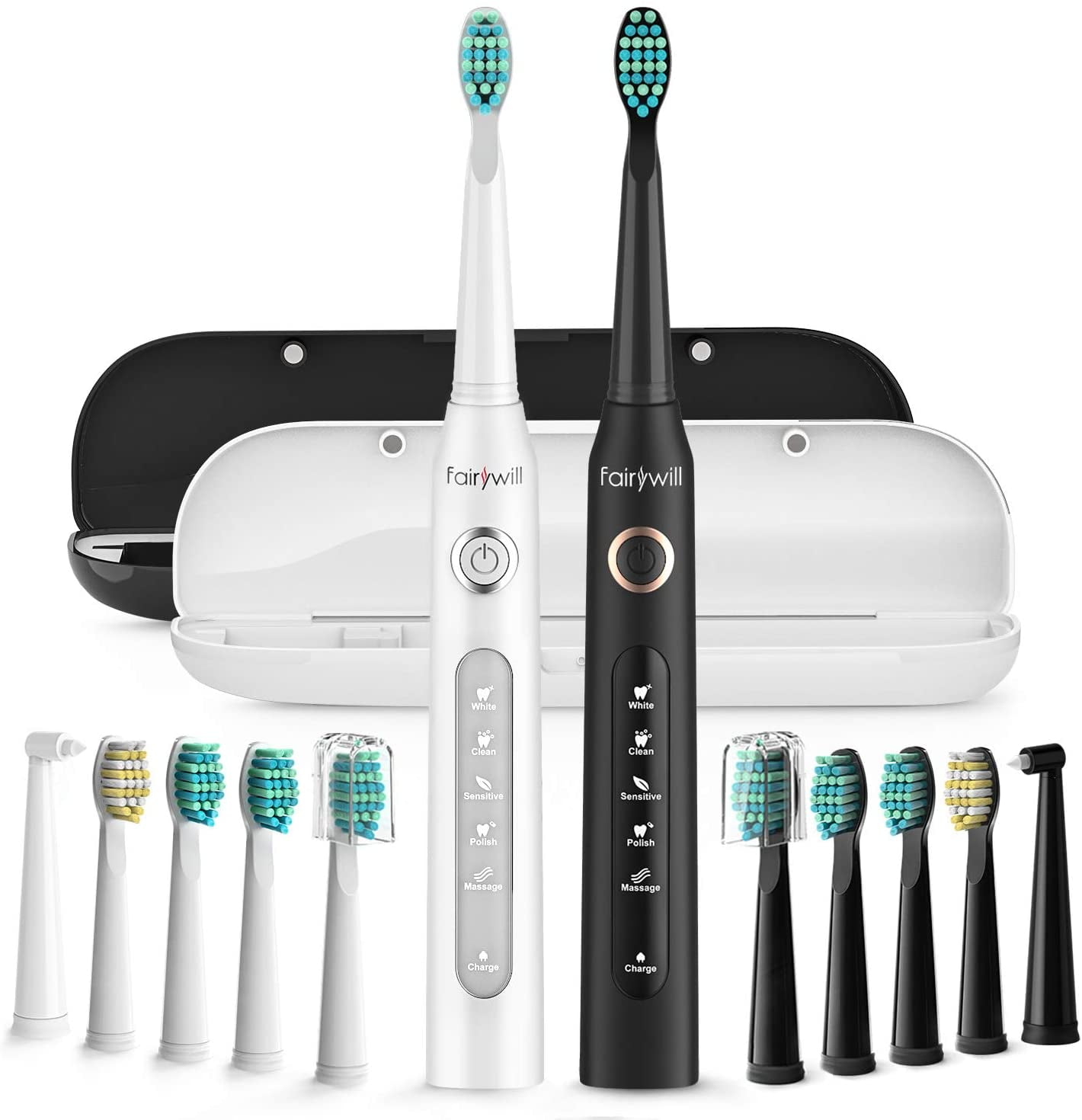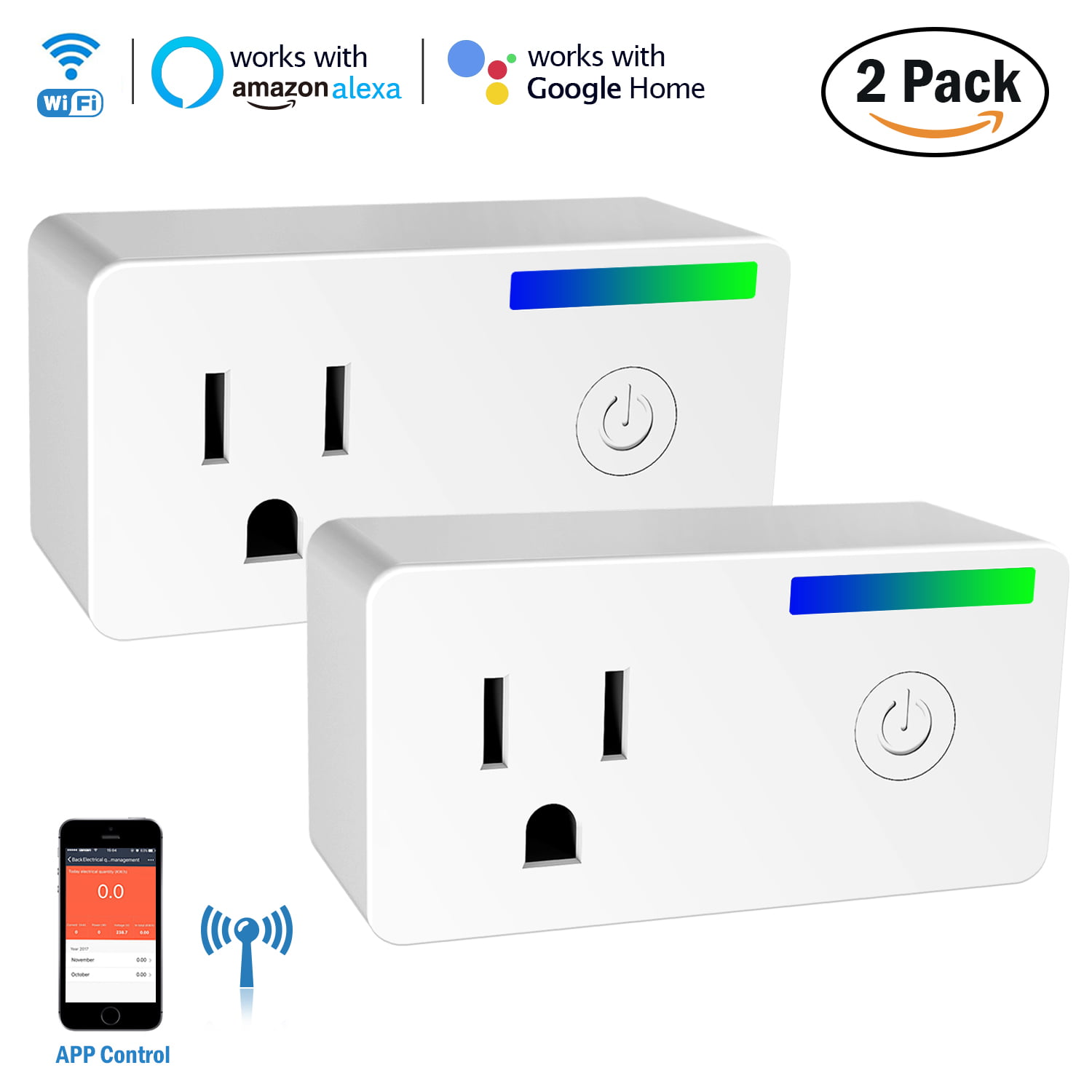

This combination results in energy savings over older systems that use T12 lamps with magnetic ballasts. High performance T8 (HPT8) systems have two components: a high-lumen, long-life T8 lamp, either fluorescent or LED and a low-power electronic ballast (a device to control the electrical current). Additionally, CFLs contain small quantities of mercury, which can complicate disposal. CFLs have replaced incandescent light bulbs in many markets, although LEDs are rapidly becoming the preferred choice due to their efficiency and length of operation.


CFLsĬompact fluorescent lamps use one-fifth to one-third the electric power of incandescent light bulbs and last 8 to 15 times longer. The up-front cost of LEDs is typically higher than for CFLs or incandescent lamps but has been steadily dropping in many markets as demand and usage grow. They can be used in almost any application: street lighting is one particularly effective application for LEDs. Many use up to 90 percent less energy than an incandescent bulb to produce the same amount of light and last 25 times longer before needing to be replaced. LEDs generate very little heat and are exceptionally energy efficient when producing individual colors. Light-emitting diodes are small light sources that are illuminated by electrons moving through a semiconductor material. Additionally, daylight and occupancy sensors can be paired with lighting systems to reduce energy use when natural light is adequate and when buildings and rooms are unoccupied.

Due to lifetime cost savings, better quality light, and a number of improvements in performance, LEDs are the best choice for most lighting applications. LED bulbs last more than three times as long as CFLs, and almost 25 times longer than incandescent bulbs. Light-emitting diode (LED) bulbs are considered top-tier in terms of energy efficiency, and their prices have recently become more competitive with other efficient lighting technologies such as compact fluorescent lamps (CFLs). Lighting is often the first stop for energy improvements due to its short investment payback period. To enhance the energy efficiency of windows, manufacturers have introduced high-quality frame materials, multiple layers of glass, low-emissivity (infrared-insulating and ultraviolet light-reflecting) glass, and insulating gas fill between glass layers. Sealing gaps, cracks, or other leakage sites in the building envelope, including heating and cooling ducts, can reduce energy losses, improve overall building and system efficiency, and reduce energy bills. Insulation is typically rated with an “R-value” (higher numbers correlate with greater insulating properties). Insulation decreases the rate of heat transfer with the outdoor environment. Roof and wall insulation can help reduce the amount of energy required to cool, heat, or alter humidity. The building envelope consists of the roof, walls, and foundation of the building, as well as the window assemblies. The envelope separates the interior space of a building from the outside elements and is essential to maintaining a dry, heated, or cooled indoor environment. The building envelope is the outer shell of an enclosed building.


 0 kommentar(er)
0 kommentar(er)
